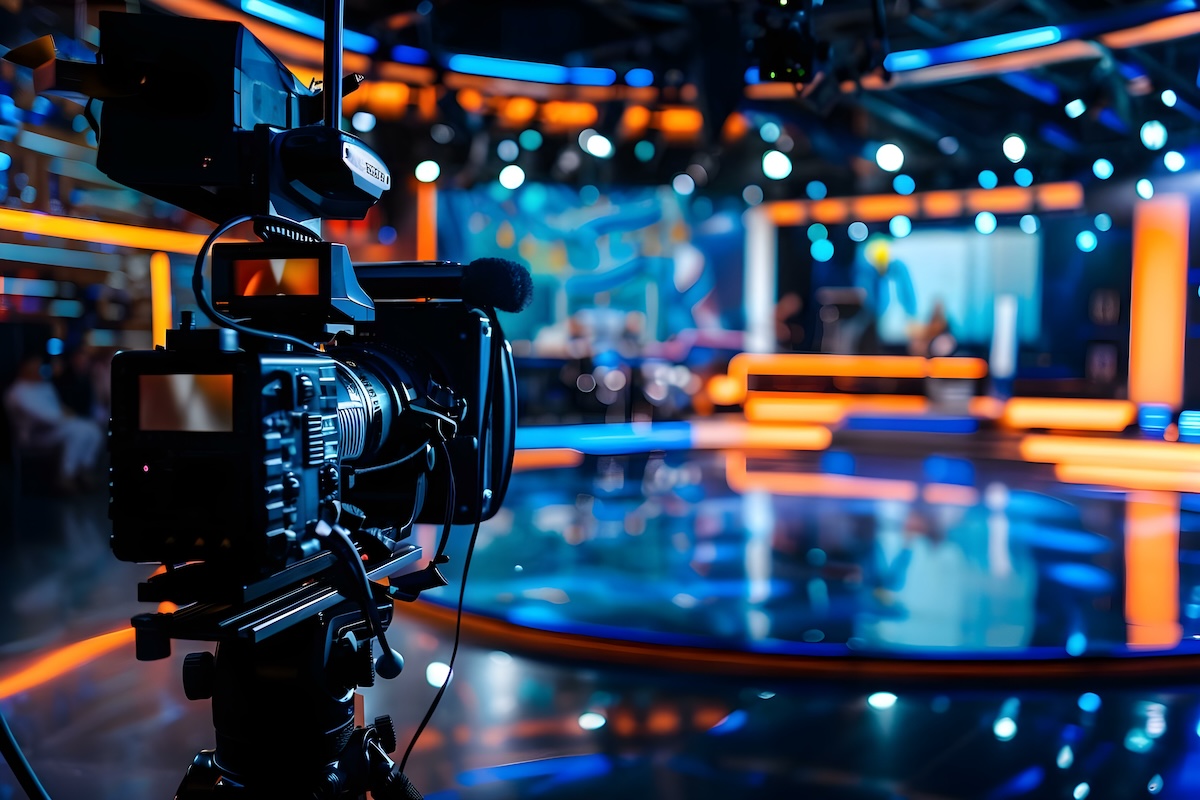In the era of high-definition and ultra-high-definition broadcasting, the visual quality of television content has never been more important. As cameras, screens, and broadcast technologies continue to evolve, one critical behind-the-scenes upgrade has transformed the look and feel of live broadcasts: TV broadcast LED lighting.
From stadiums and studios to remote event locations, broadcasters are turning to advanced LED lighting systems to enhance clarity, color accuracy, and viewer engagement. Nowhere is this shift more apparent than in sports broadcasting, where LED lighting has delivered measurable improvements in both production quality and audience satisfaction.
Why LED Lighting Matters in Television Broadcasting
The shift to LED lighting in broadcast environments has been driven by three key benefits:
-
Superior Light Uniformity
-
Adjustable Color Temperature and CRI
-
Efficiency and Flexibility for Live Productions
Let’s explore each of these in more detail.
Uniform Lighting Enhances Both Player and Viewer Experience
Traditional arena lighting—often relying on metal halide or high-pressure sodium fixtures—was prone to uneven coverage. This created areas of inconsistent illumination, resulting in shadows or overexposed zones on the playing surface. For athletes, this inconsistency posed a challenge in gameplay. For viewers, it meant missing key moments that fell outside the well-lit zones.
With TV broadcast LED lighting, production teams can create uniform illumination across the entire field or court, even into corners and boundary zones. This consistent lighting eliminates shadows and hotspots, allowing cameras to capture every angle with precision and clarity.
The result? Viewers can follow the fast-paced action of a hockey puck, tennis ball, or baseball more easily, while broadcasters maintain a crisp, professional image that holds audience attention.
Tunable Color Temperature for a More Natural Look on Camera
One of the unique strengths of LED lighting is the ability to fine-tune color temperature—the visual “warmth” or “coolness” of the light. In a broadcast context, color temperature is about more than aesthetics—it directly affects how the image appears to audiences.
-
Basketball broadcasts may benefit from slightly warmer tones, enhancing skin tones and the wood floor’s richness.
-
Hockey and soccer may require cooler light to heighten contrast and give a clean, sharp look.
LED systems allow production teams to dial in color temperatures that match the camera’s sensors, ensuring color consistency across broadcast equipment. This tuning helps avoid harsh lighting or color distortion, creating a more pleasing and lifelike viewing experience.
High CRI Delivers True-to-Life Color Accuracy
The Color Rendering Index (CRI) measures how well a light source reveals colors compared to natural daylight. A high CRI (90 or above) ensures that the vibrant colors of team uniforms, sponsor logos, and even grass or turf are reproduced accurately on camera.
With LED lighting, broadcasters can achieve high CRI output without the drawbacks of older lighting systems. Unlike incandescent or halide lights, LEDs can replicate daylight conditions without UV radiation or unnecessary glare. This not only protects on-site participants and audiences but also ensures that viewers at home experience natural, vivid color contrast that enhances engagement.
Designed for HD and 4K: LEDs Support Modern Broadcasting Standards
Modern sports and entertainment broadcasts are filmed using 4K (and even 8K) ultra-high-definition cameras. These devices demand precise and reliable lighting to capture the fine details that audiences now expect.
TV broadcast LED lighting aligns perfectly with this need by offering:
-
Instant-on capability (no warm-up time)
-
Flicker-free operation for slow-motion replays
-
Directional beam control to reduce spill and light pollution
-
Remote dimming and control for dynamic lighting transitions
This makes LEDs an invaluable tool not just for sports but for concerts, awards shows, and other live productions.
Energy and Cost Efficiency Behind the Scenes
LEDs are known for their long lifespan and low energy consumption, offering studios and venues a path to cost savings over time. A typical LED fixture uses 50–70% less energy than traditional lights and can last up to 50,000 hours or more.
For broadcasters, this means fewer maintenance interruptions, reduced downtime, and a lower carbon footprint—an increasingly important factor for environmentally conscious networks and sponsors.
Real-World Impact: Sports Broadcasting and LED Integration
Major sports networks and arenas have embraced TV broadcast LED lighting to improve their product and stay competitive in the market. For example:
-
The NFL and NBA now require LED-based lighting systems in many of their stadiums and arenas.
-
International venues like Wembley Stadium and Tokyo Dome have upgraded to LED lighting systems tailored specifically for broadcast optimization.
-
Olympic venues have also adopted advanced LED arrays to meet international HD broadcast standards.
These shifts are not only about technical specs—they’re about viewer engagement. When fans can see every detail clearly and enjoy lifelike color and smooth motion, they’re more likely to stay tuned in and return for future broadcasts.
Whether you’re broadcasting a live sports match, a studio news show, or a global event, the impact of lighting on production quality is undeniable. TV broadcast LED lighting delivers the precision, control, and color fidelity that modern television demands.
From better on-camera color to consistent coverage and energy savings, LED lighting is now a cornerstone of professional-grade broadcasting—and it’s only getting better as technology evolves.




